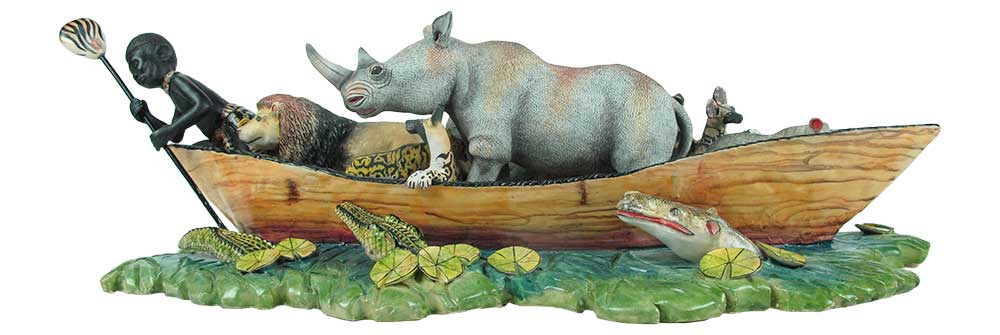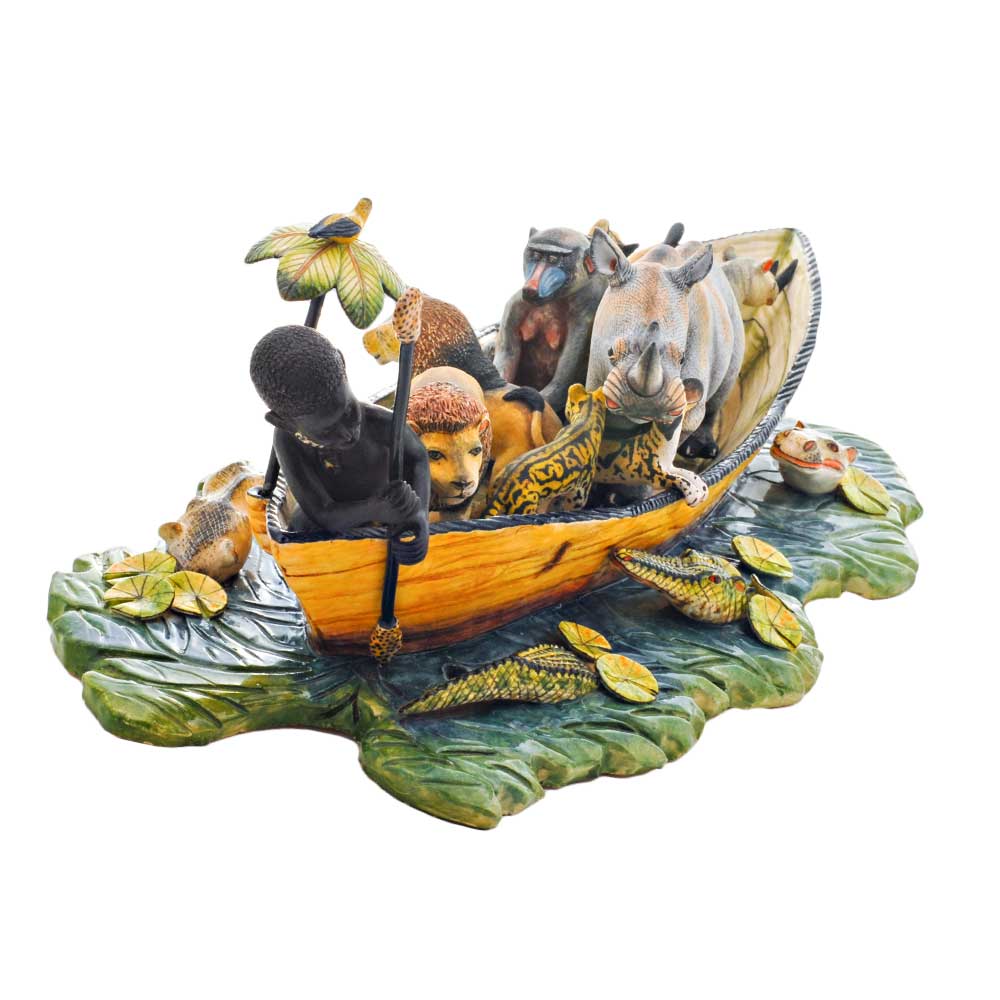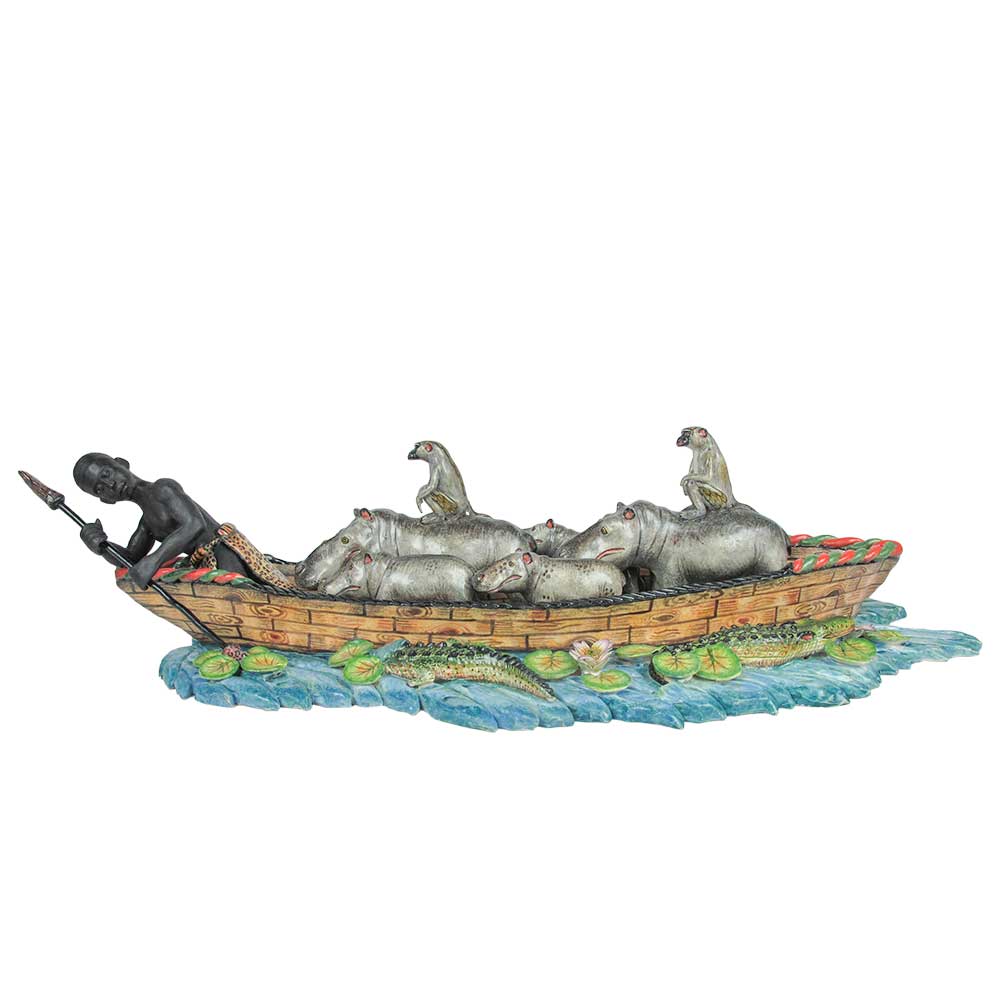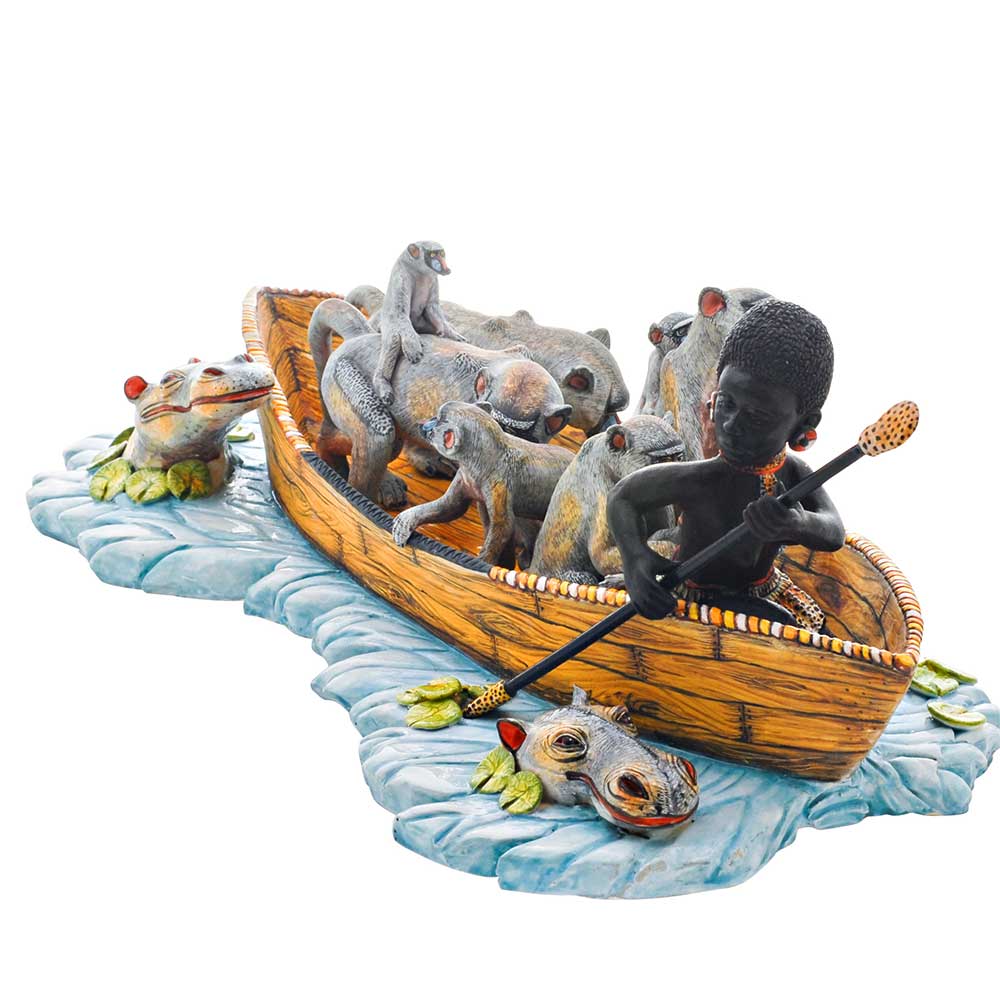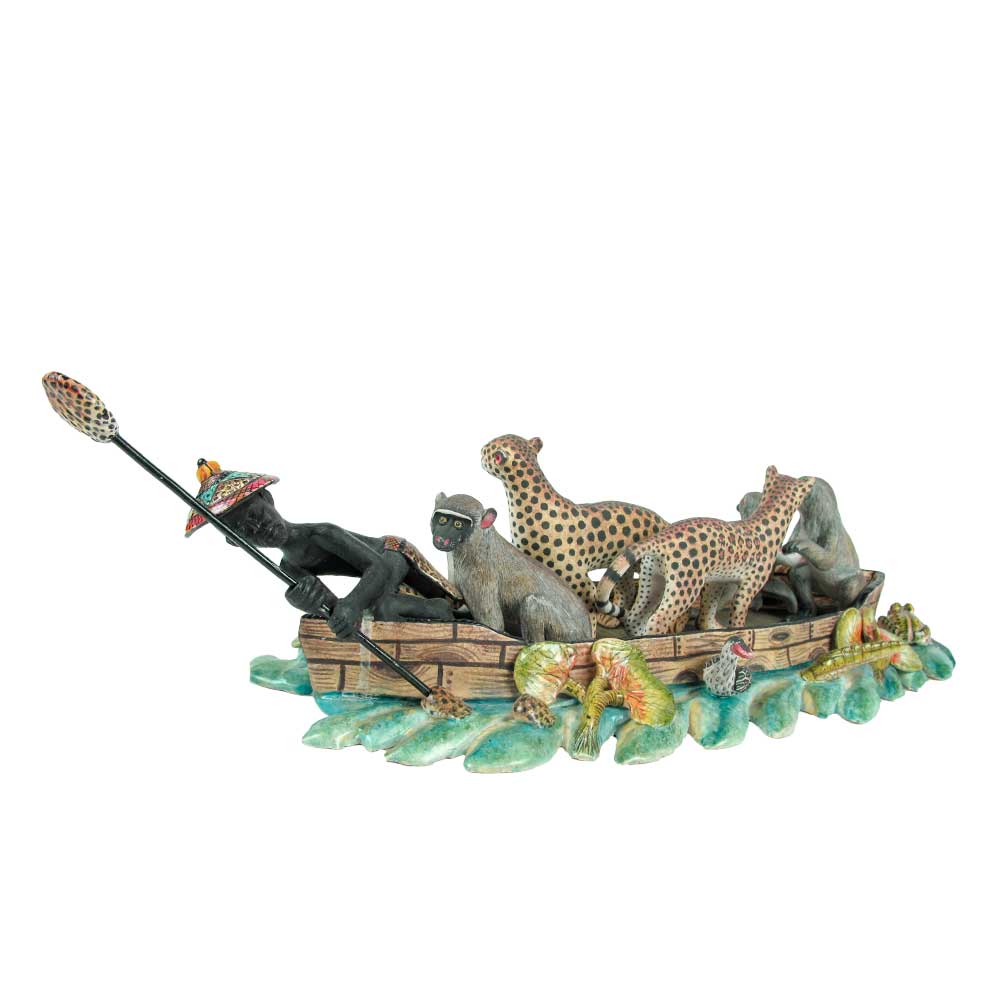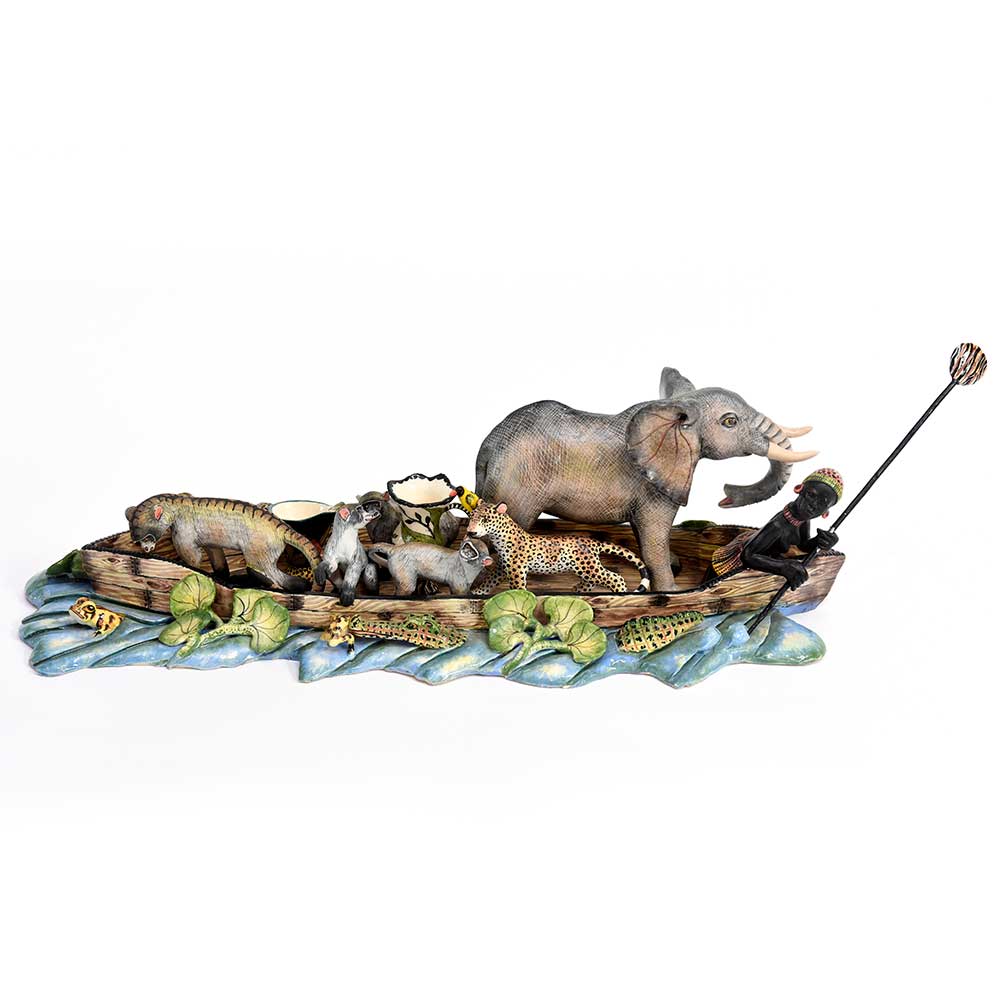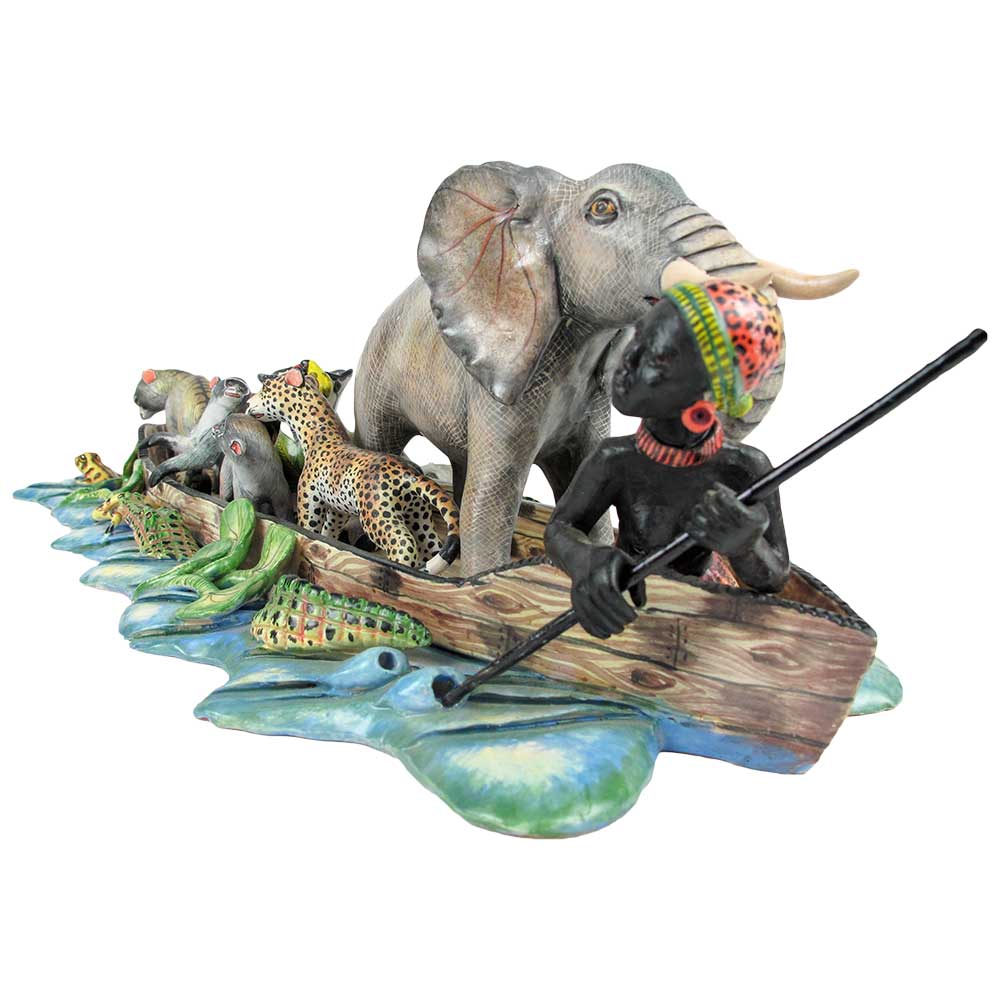By Louise Irvine
How humans respond to natural and man-made disasters is often uplifting as can be seen in the Ardmore exhibit at WMODA. The marvelous Ardmore boats laden with animals were inspired by Operation Noah, a huge conservation project to relocate wildlife in Zimbabwe when the Zambezi River was dammed in the late 1950s. The hydro-electric power station was built about 400 km from the Victoria Falls and provided power for most of the country but in the process, thousands of native animals were stranded by the rising Lake Kariba.
Operation Noah was led by the country’s head game ranger at the time, Rupert Fothergill, and lasted five years. Over 6,000 animals were rescued from the shrinking islands and relocated to the mainland. The rescue team lived in bush camps and had only the most basic equipment, dinghies, ropes, nets, boxes, and sacks to carry out their monumental task. Capturing the terrified animals was a huge challenge but the men persevered with their risky assignment and saved all types of animals from drowning, including rhinos and elephants, lions and leopards, zebras, and monkeys. Most were taken to the Matusadona National Park.
Rupert, an orphaned baby black rhino, was saved during Operation Noah and was hand-reared in the suburban family home of wildlife vet Dr. John Condy. Rupert drank 32 pints of milk a day through a straw and romped around the garden after bath time. The vet’s children enjoyed chasing and riding Rupert before he was transferred to a game reserve. Rhinos have rarely been used as mounts but that has not stopped the Ardmore artists from modeling rhino riders to raise awareness and funds for this endangered species.
Operation Noah was the stuff of legend for Fée Halsted, Ardmore’s founder, who grew up in Zimbabwe before coming to South Africa to study art at the University of KwaZulu-Natal. Her interest in conservation and endangered species motivated her to share this heroic tale with the artists at Ardmore. Bennet Zondo and Kenneth Msomi used their talents for modeling both humans and animals which they first perfected in the series of African Travelers in 2010. As well as the animals on board the boats, the sculptors have had fun adding crocodiles and hippos snapping at the precious cargo.
Boats are very vulnerable to attack by hippos which can overturn them with ease. Hippopotamus are reputed to have developed this behavior as they were hunted originally by boat. The boats depicted by the Ardmore artists are based on the mokoro, a type of canoe used in Botswana. It is propelled through the shallow waters of the Okavango delta by pushing with a pole, in the same manner as punting. Traditionally the mokoro was made by digging out the trunk of a large straight tree but modern boats are made of fiberglass. Mokoro safaris are a popular way for tourists to visit the delta but the boats are still a practical means of transport for locals to move around the swamp.
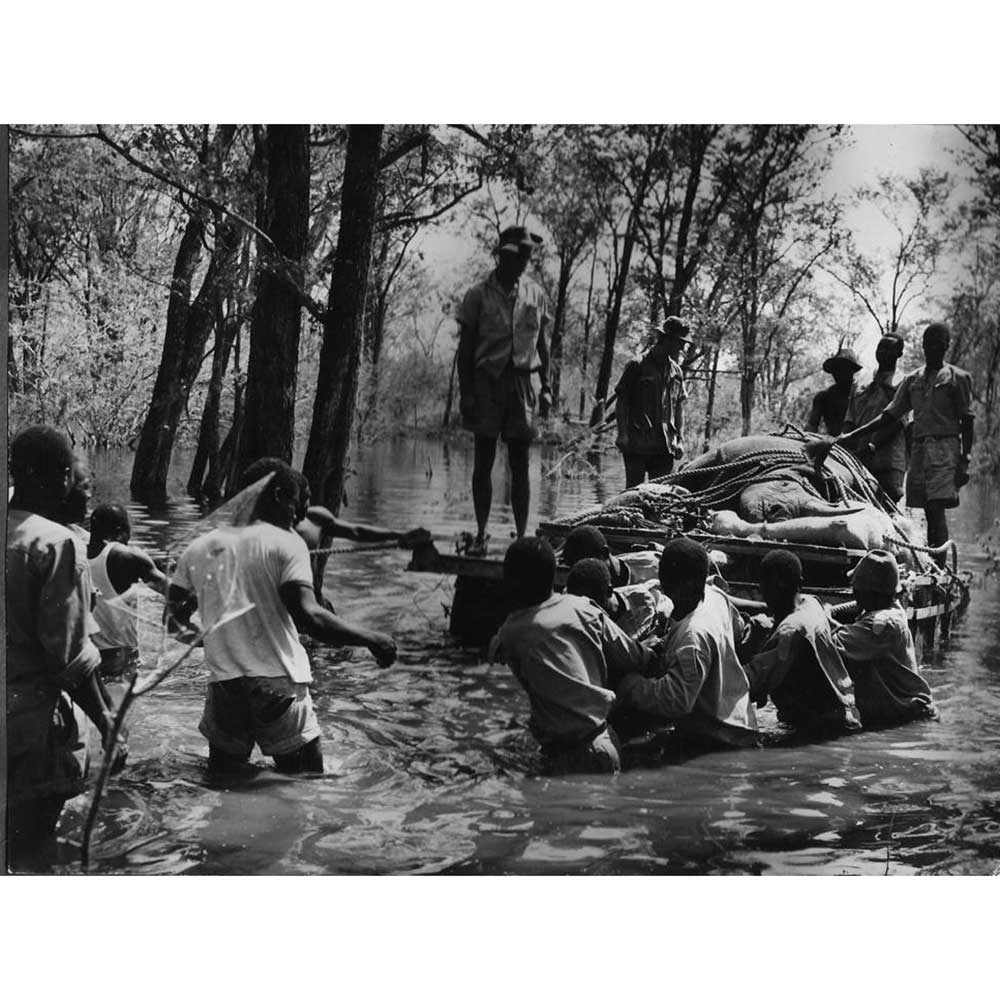
Getting a rhino hitched to a boat
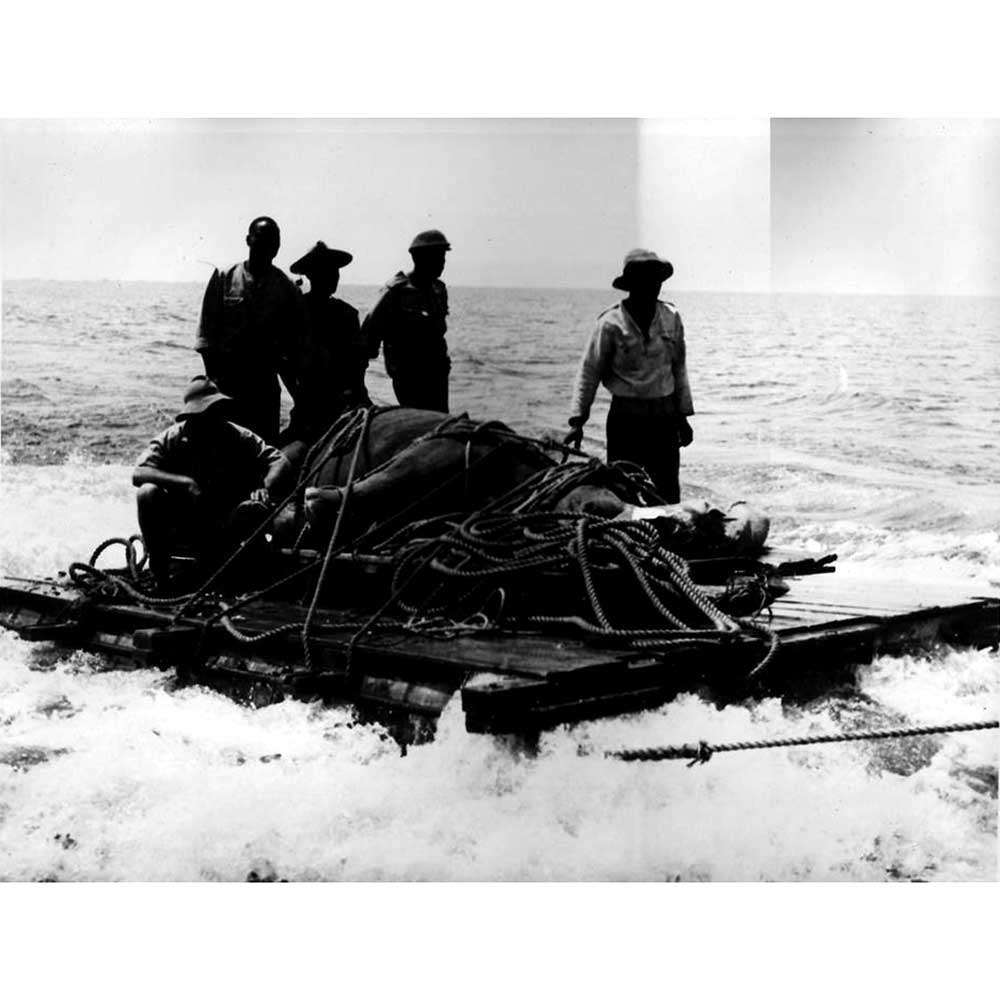
Boat towing a Rhino
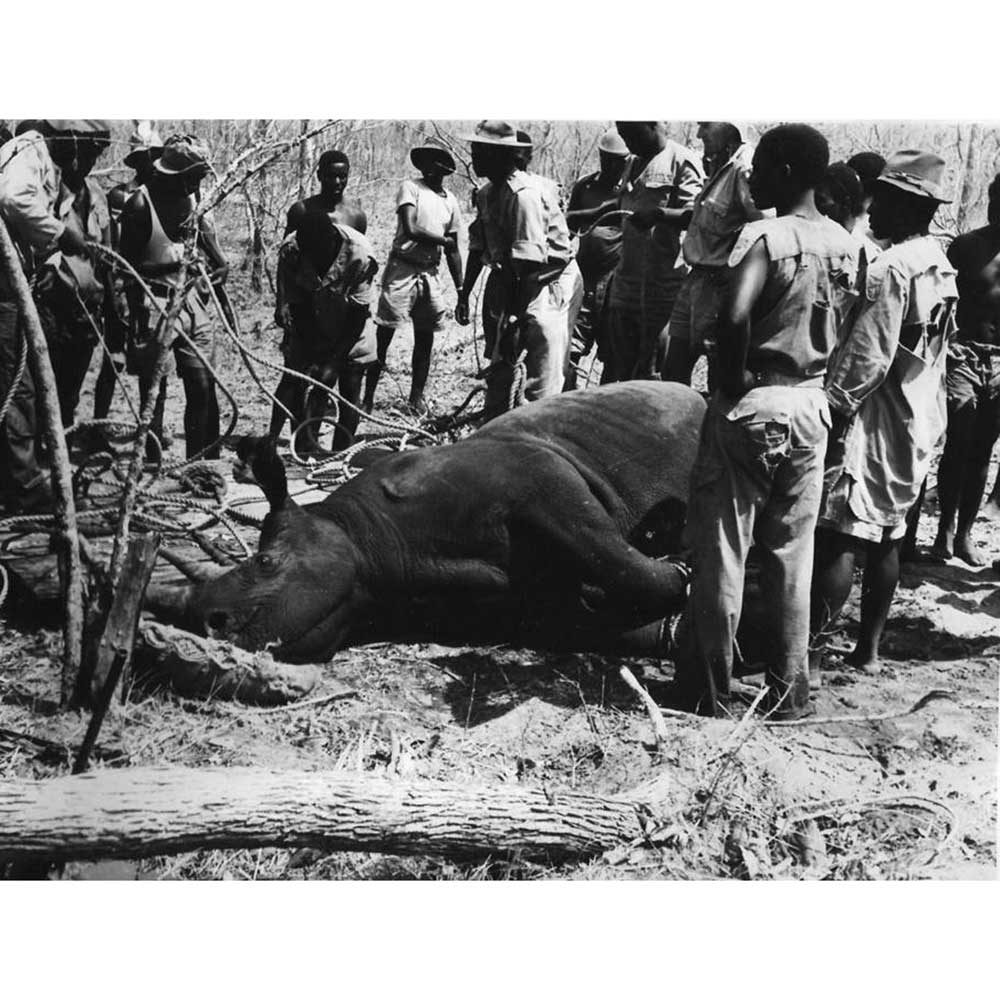
A heavy task
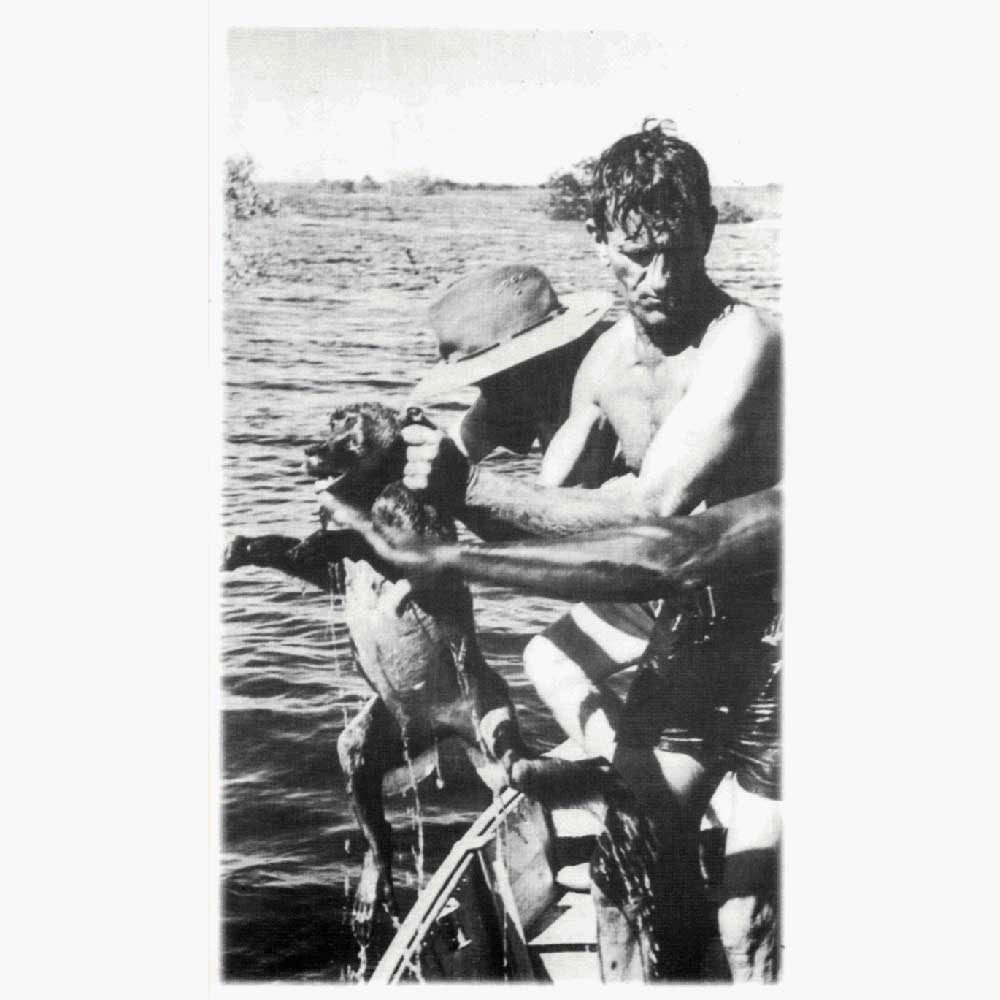
Rescuing an ape
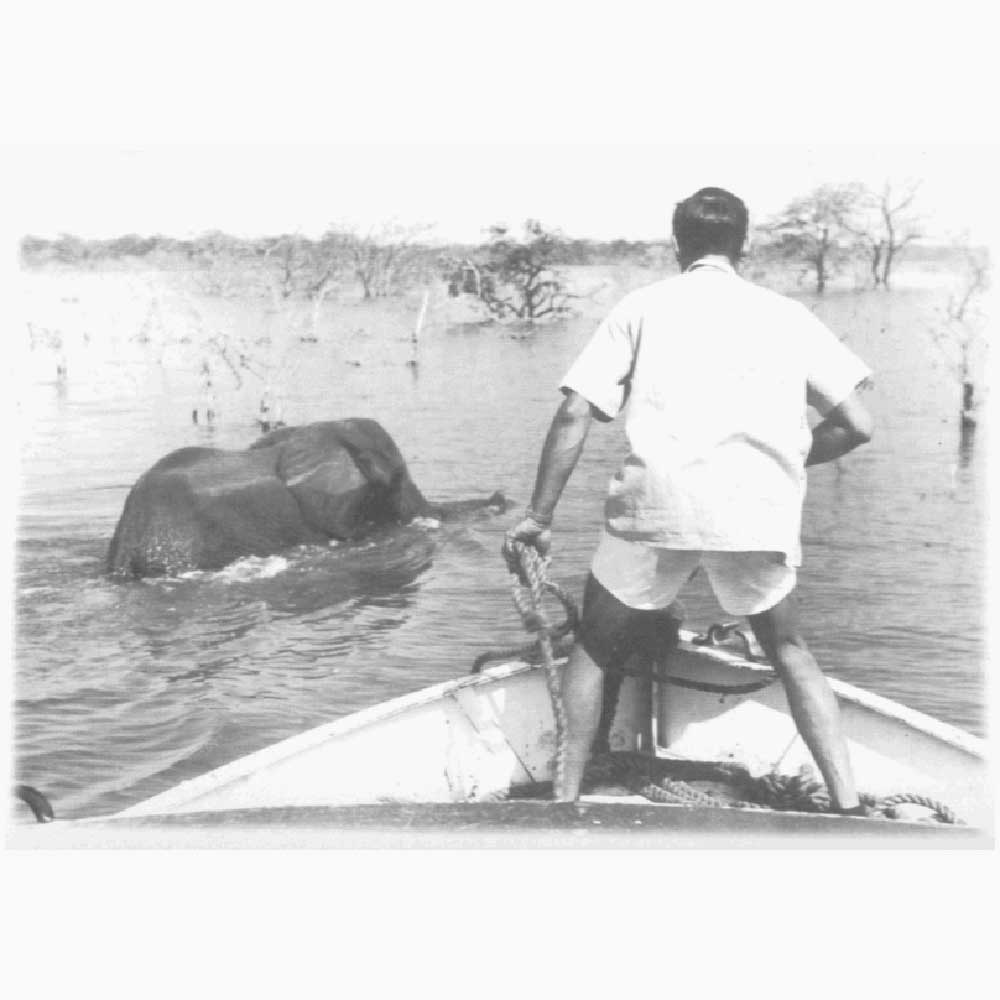
Guiding an elephant
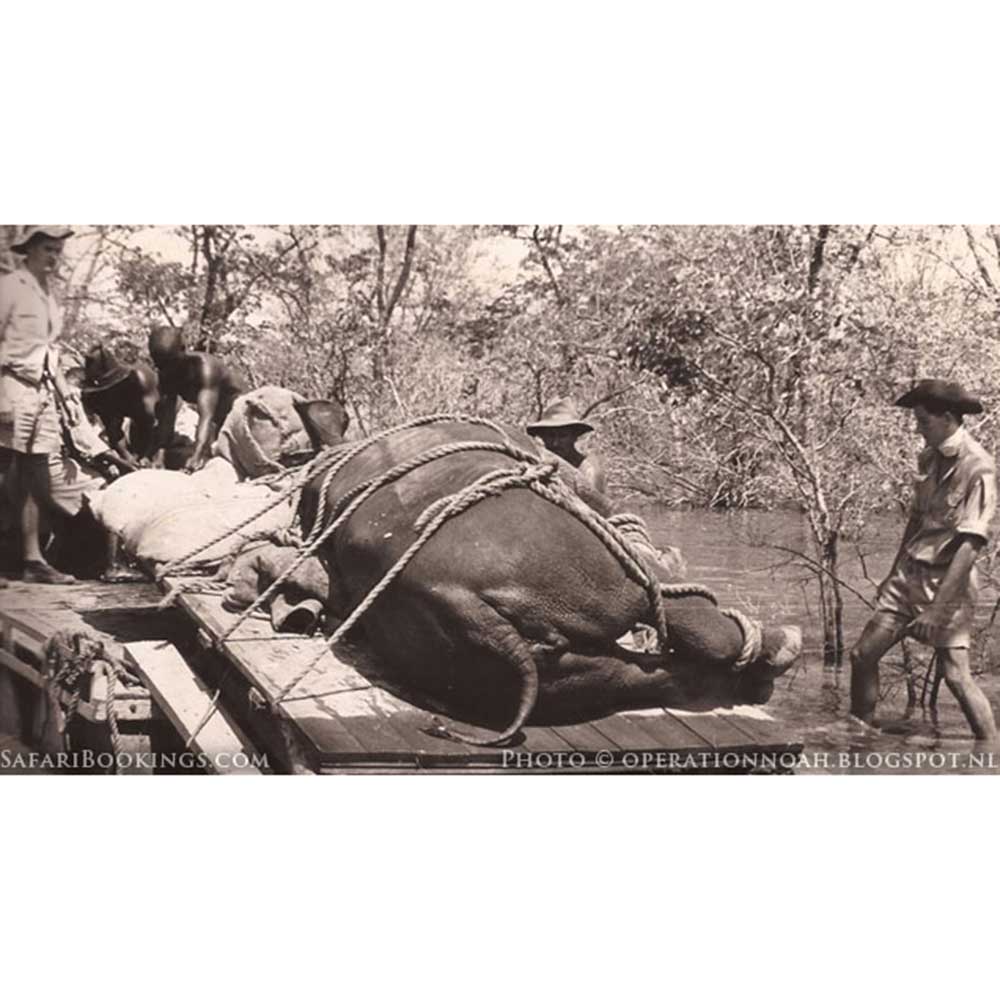
Operation Noah
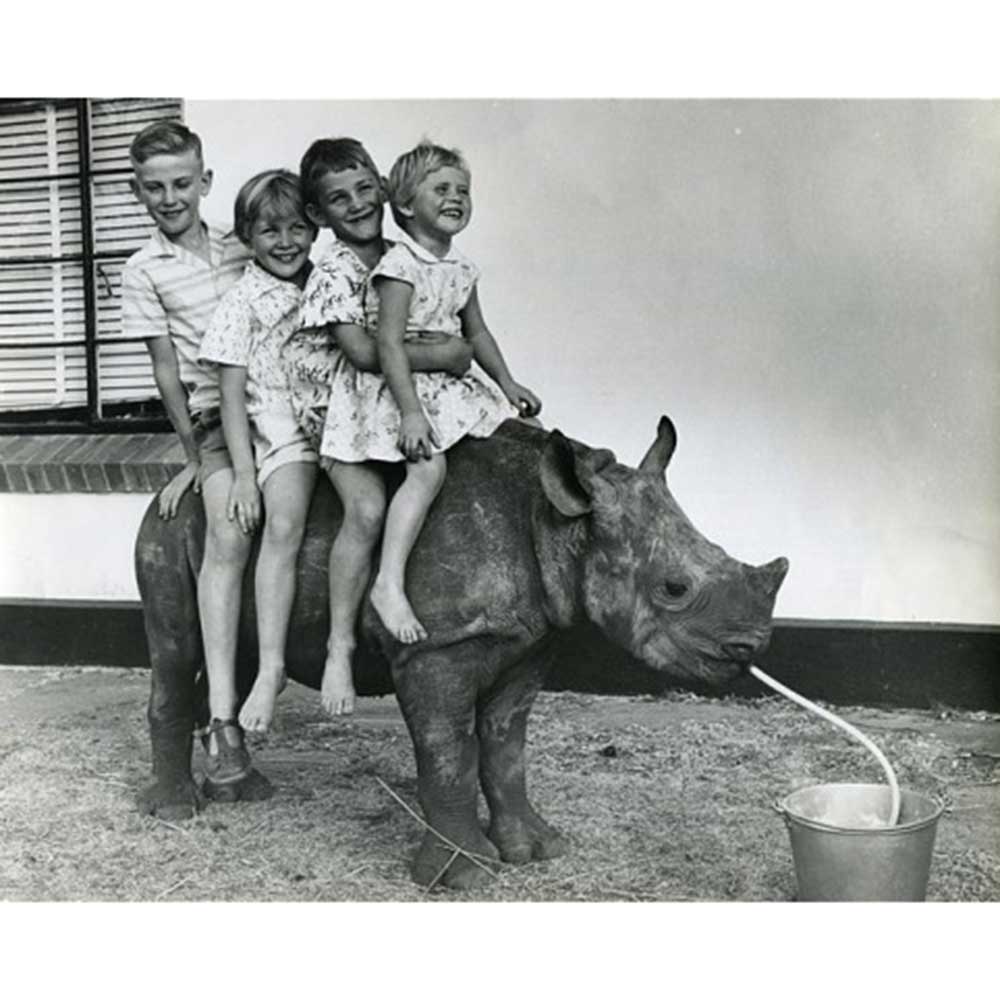
Rupert the rhnio with some friends
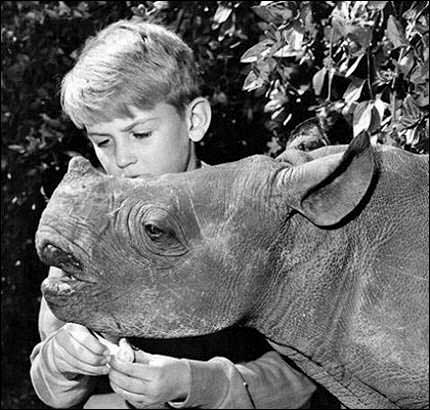
Rupert the rhino

Ardmore Rhino Traveler
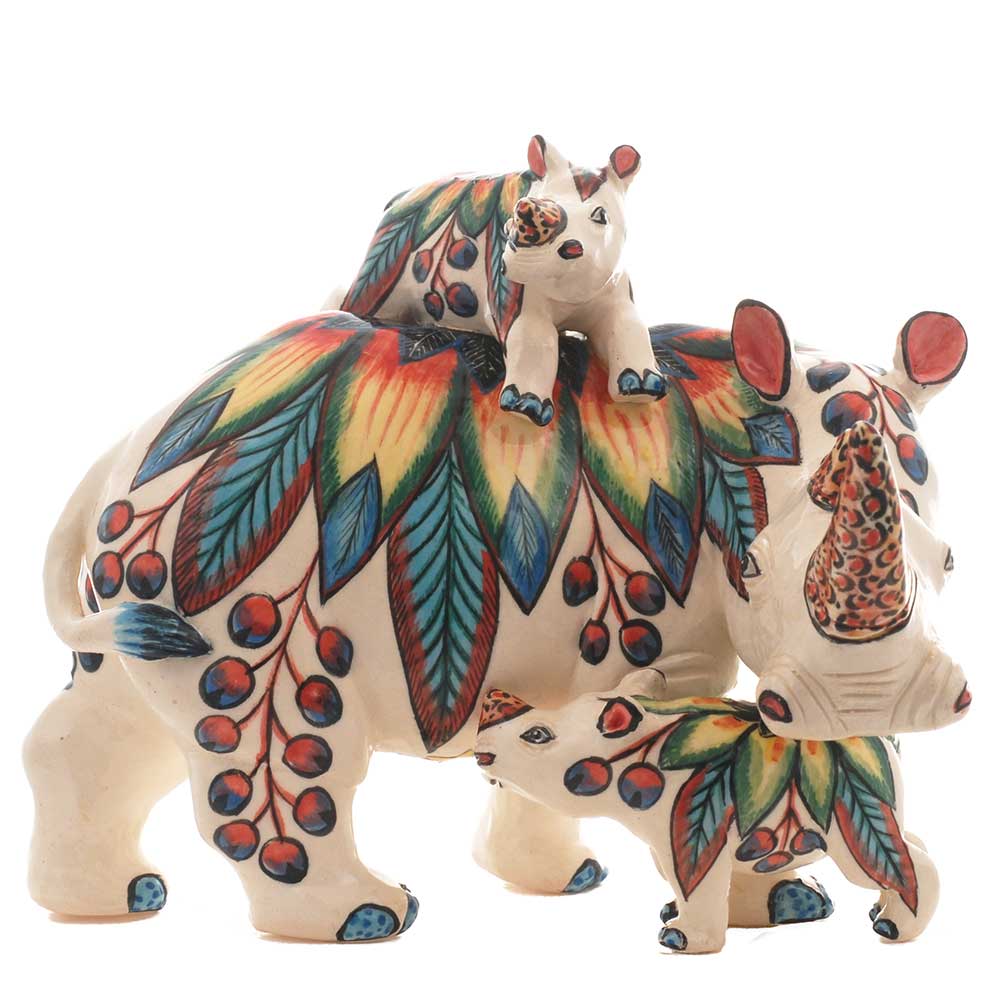
Ardmore Rhino Family
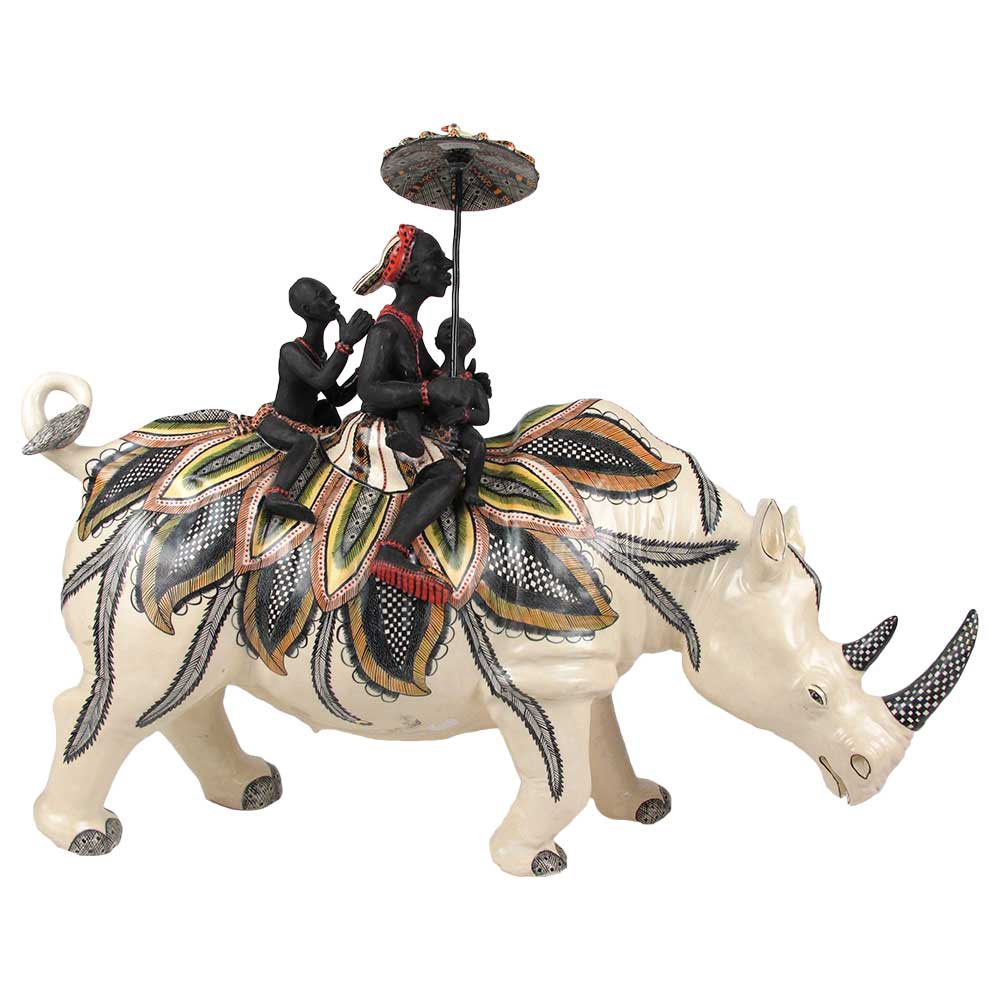
Ardmore Rhino Traveler
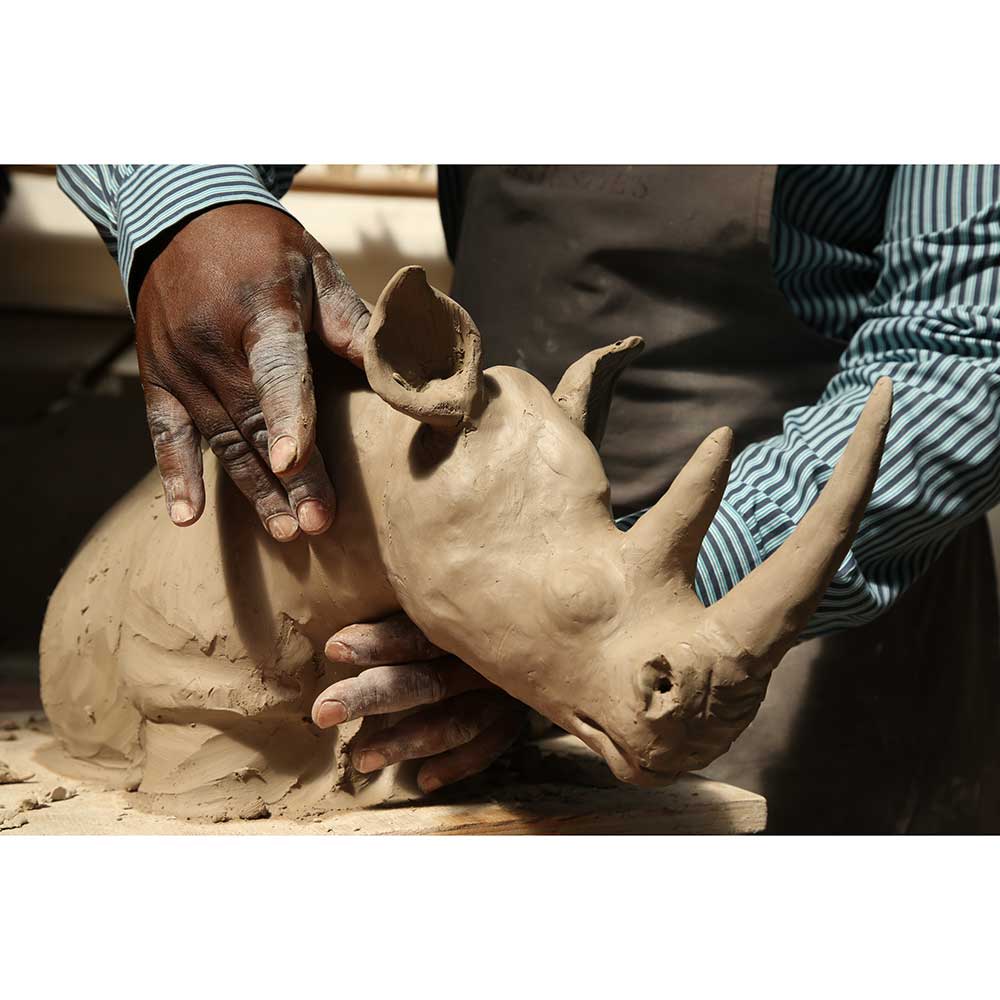
Ardmore's Alex Sibanda sculpting a rhino
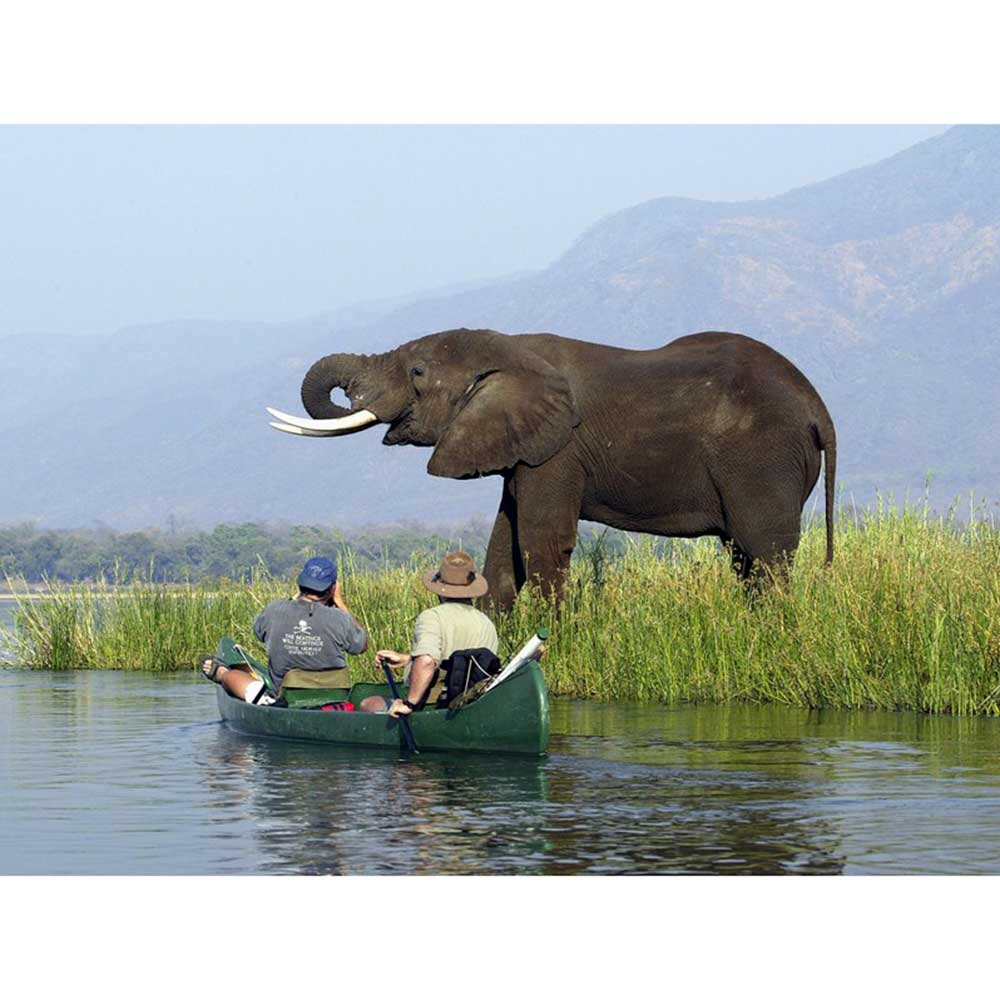
Canoe and mokoro safari

